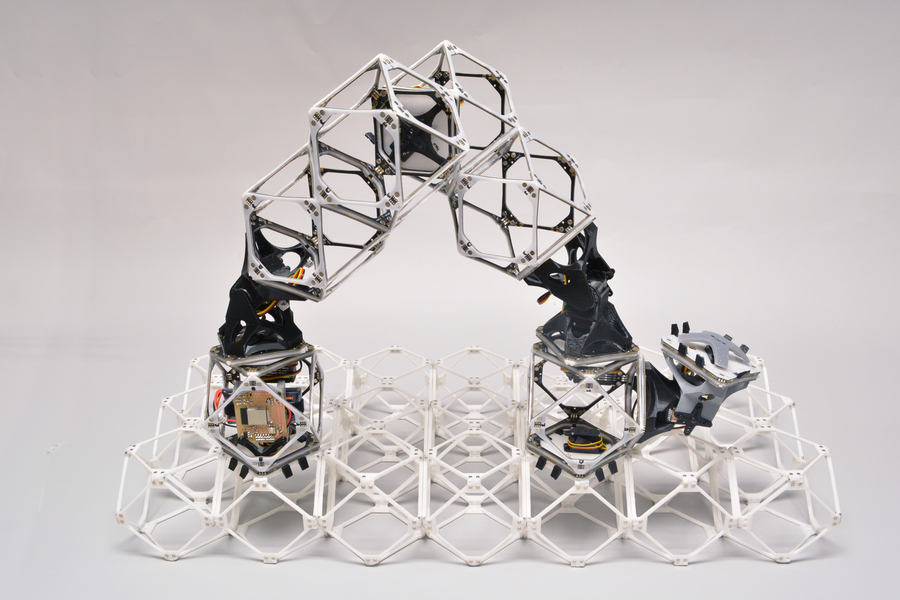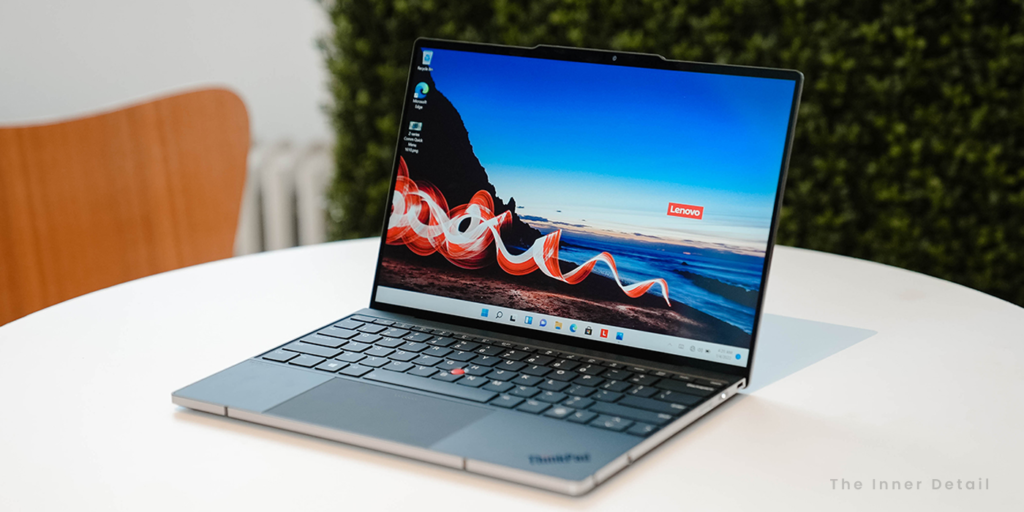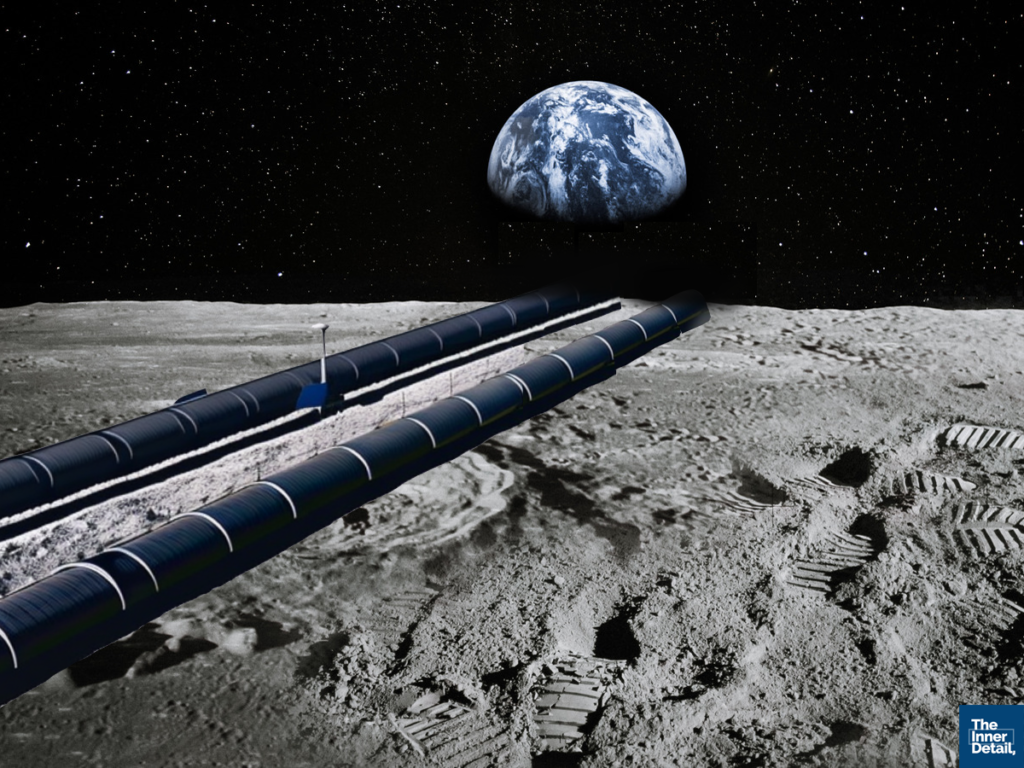In today’s world, it’s completely convenient & easy to set out everything, starting from finishing of tasks to checking out best cooking recipes, at the advent of internet. Fortunately, or unfortunately, the world is driven by internet. Thanks to it. But it’s actually disgusting or even frustrating, when your network goes down, unfavorably at extreme situations like sending your target achievements on time to HR, submitting your home-works online in this pandemic, and a lot more instances. Here is StarLink, for clearing out those drawbacks of duff networks.
Starlink
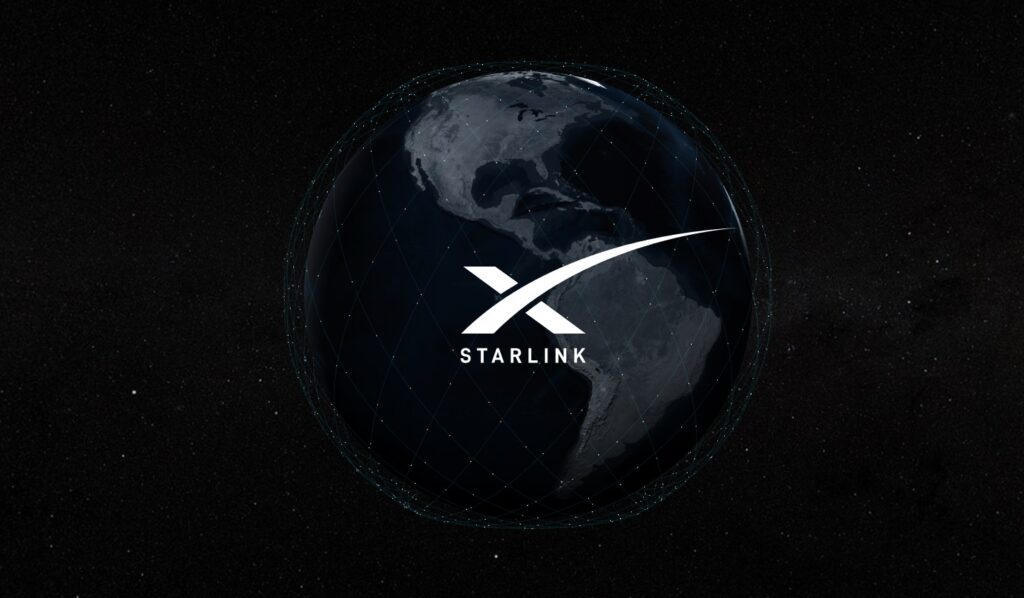
This initiative by the tech entrepreneur, Elon Musk will help us to achieve that coziness, aiming to access low latency, high speed satellite-internet connection.
Starlink, a satellite internet constellation being constructed by SpaceX comprises of thousands of mass-produced small satellites to get launched in low Earth Orbit (LEO) and works colliding with ground-earth transceivers. SpaceX uses Falcon Rockets to launch these satellites at 550 km orbit, which is lower than the conventional satellites, launched at an orbit that is 1000+ km from ground.
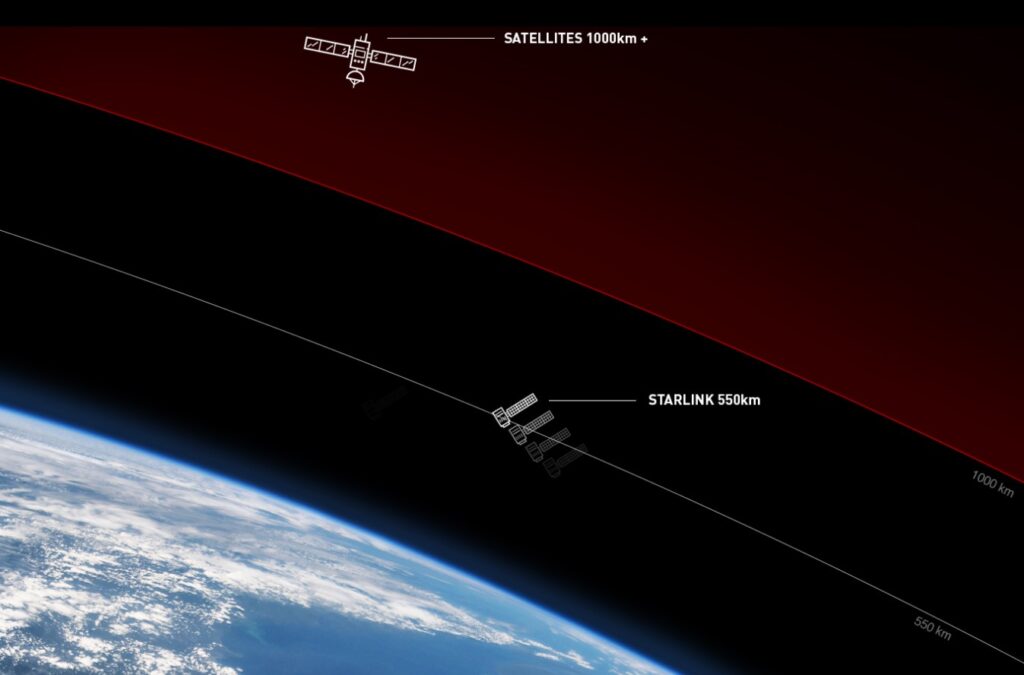
Starlink equips efficient ion thrusters powered by krypton that enables the satellites to orbit raise, maneuver in space, and deorbit at the end of their useful life. Starlink is the first krypton propelled spacecraft ever flown. The Custom-built in-house navigation sensors tell each satellites its altitude, enabling a precision placement of broadband throughput.
This Elon Musk’s startup first existed as a project development phase in 2015 and launched its test flight in 2018. The successful flight of those flights in the orbit helped them to launch around 60 satellites which had been revolving around the earth triumphantly.
Tin-Tin v0.9 is the first satellite launched in the mission of Starlink.
Starlink is targeting service in Northern U.S. & Canada in 2020, rapidly extending to global coverage of the populated world by 2021.
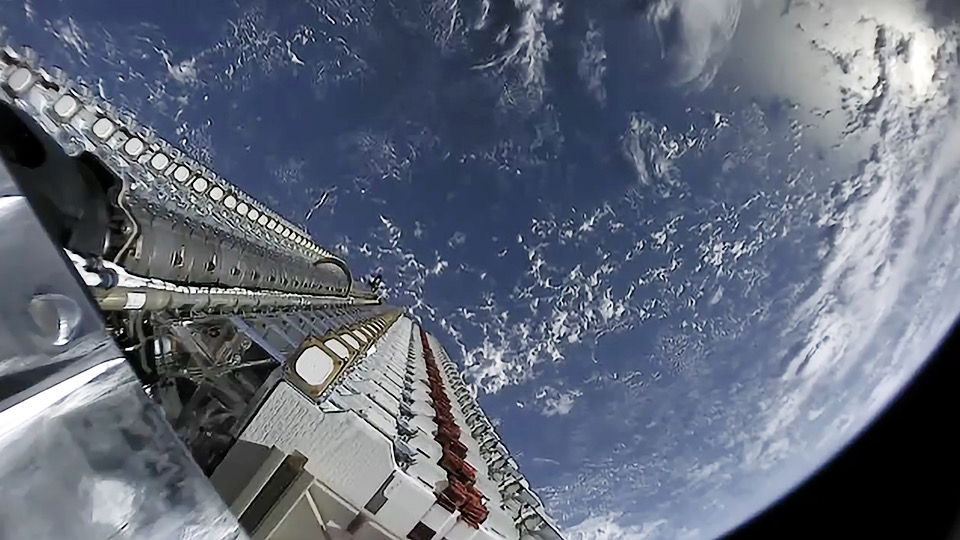
What’s special in Starlink?
- The internet-facilitator also includes a single solar array incorporated with it, significantly simplifying the system’s power. The solar cells seem to be unique flexible panels that can be efficiently packed together & designed to be extremely lightweight.
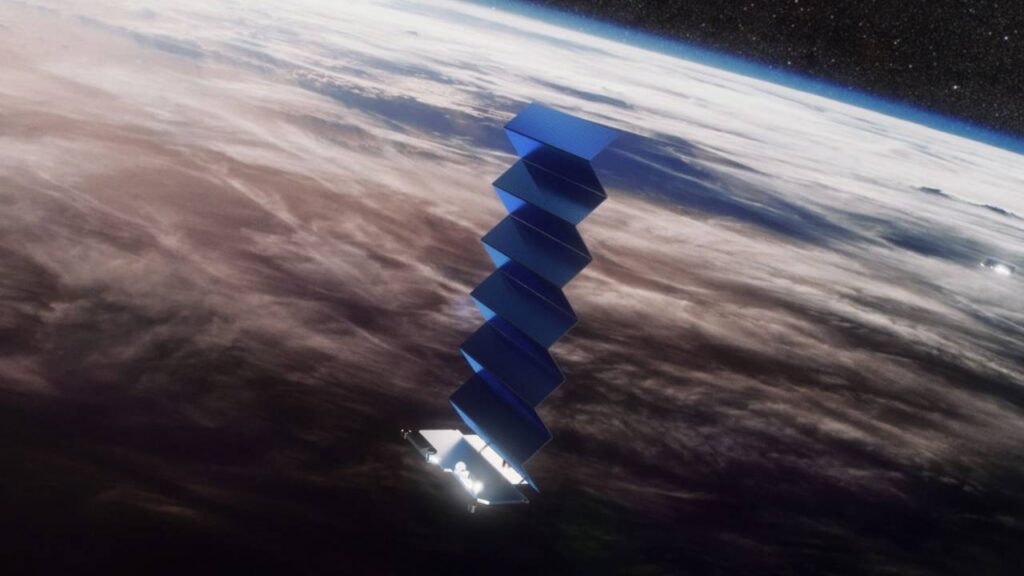
- Starlink satellites utilize inputs from Department of Defense’s debris tracking system to autonomously perform maneuvers to avoid collisions with space debris and another spacecraft. This capability reduces human error, allowing for a more reliable approach to collision avoidance.
- While, there are network-renderers who have been providing aerial broadband services in US, the operating cost does matter a lot. If you think of why to switch over to Starlink from traditional internet providers, the first and foremost things are the cost & efficiency. Data proves that Starlink had priced $80/month for its network feasibility which is far below than existing network providers, costing $150/month, as in the case of US.
- Another key-note of Starlink is that its ability to adapt over its specific alternative constellations, when a particular satellite in a region cases a fault. On the other side if you seek, aerial broadband providers simply complain off, blaming of the incidents happened. Nnaahhh,…Who wants those blamings?
- Speaking about the speed of the network, Starlink copes up to proffer upto 610 Mbps speed, which adds to the attractive features of the company.
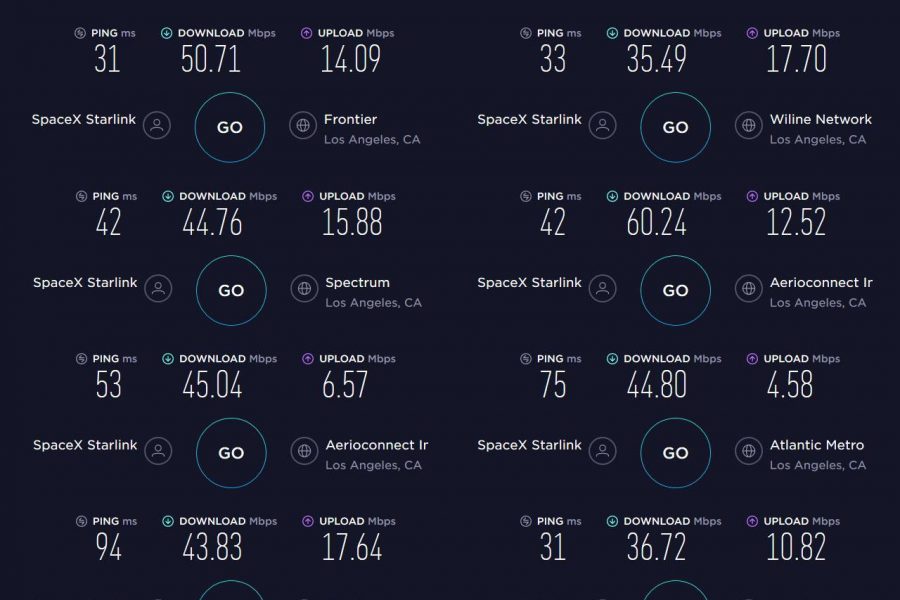
The firm also rectifies the occurrences of low-latency issues within a quick time, so that user may have a smooth & uninterrupted experience on their work. Thanks, Starlink.
Starlink’s Mission
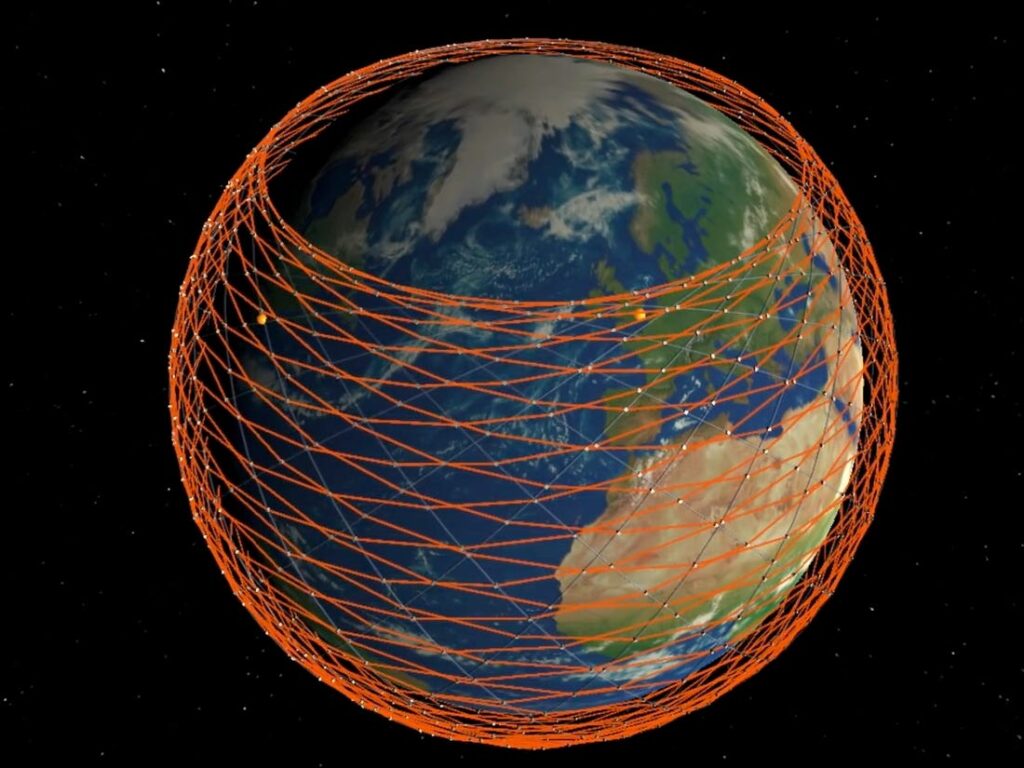
You may think how much an earth’s orbit can hold, well the numbers would be really impressive, when accounted. There fly about 775 satellites up in the space as of September 17, 2020. And the company aims of launching about 12000 satellites, with a possible later extension to 42,000 in its mission. The satellite’s less weight of 260kg and compact size lets it to get a dense launch stack to take full advantage of SpaceX’s Falcon Rockets.
Critics
Like a coin having two sides, the firm is working out to sort off its negative faces.
IAU (International Astronomical Union) put forth that Starlink’s vision of orbiting 42,000 satellites could mislead, resulting in fading of the historical happening in the universe and blurring off the differentiative aspects between stars and satellites and making it hectic or rigid to surface the movement of asteroids and shooting stars.
Epilogue

Elon Musk often appraised for his brilliant works of SpaceX, Tesla & Neuralink, adds Starlink in the list to render the best of the realm. It promises of quite uninterrupted low latency network, that won’t annoy you by buffering. Let’s see, if Musk congratulates our waiting of the reliable network via its performance, in future.
Read also: Neuralink : From Rat to Pig – A Brain Computer Interface
When something is important enough, you do it even if the odds are not in your favor.
References:

